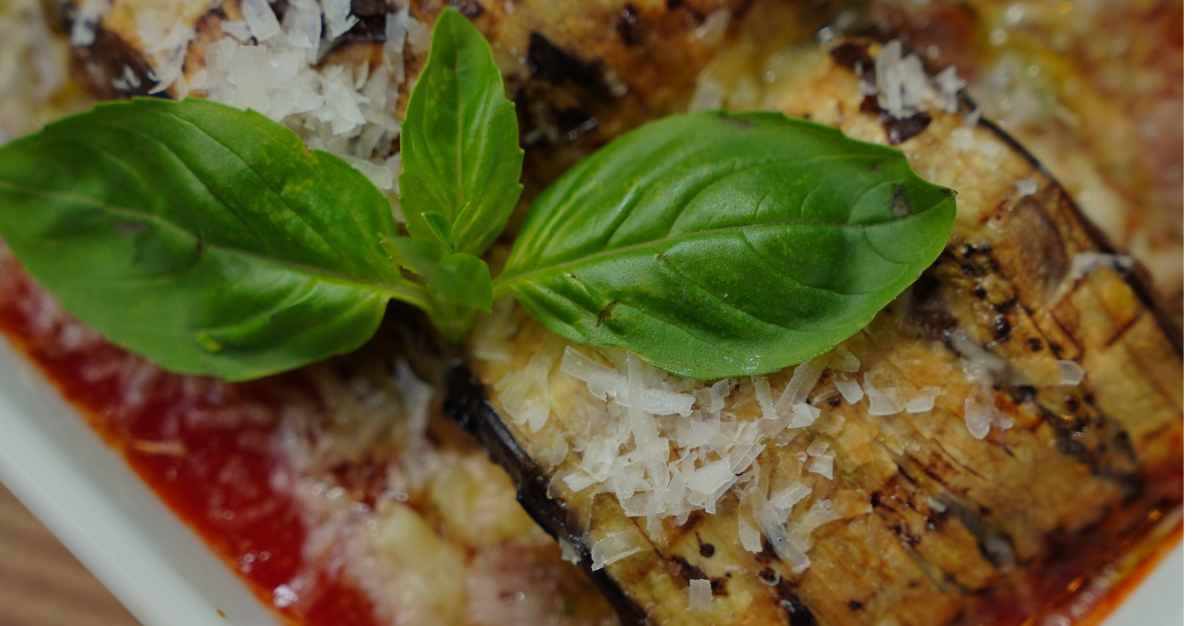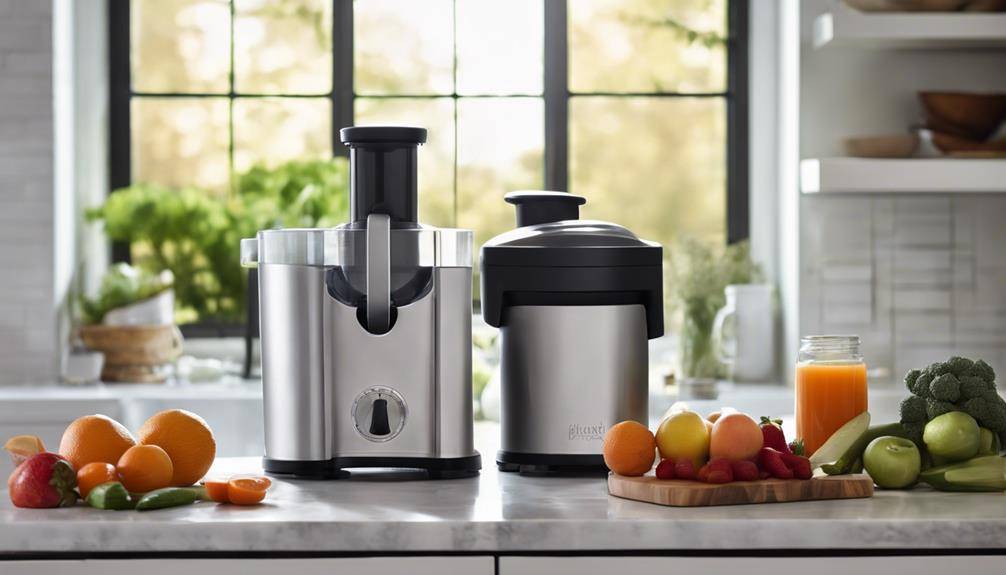Luscious Lemon Bars: The Best Addition To Any Dessert Table

Lemon bars, with their zesty and sweet combination, have become a beloved treat enjoyed by many. The history of these delightful confections traces back to the mid-20th century when citrus-flavored desserts gained popularity.
Origins in American Bakeries: A Citrus Revolution in Mid-20th Century Kitchens
The origins of lemon bars can be traced back to the mid-20th century, a time when American kitchens were experiencing a culinary revolution. This era witnessed a notable shift in taste preferences, with a growing fascination for vibrant, tangy flavors. Citrus, particularly lemon, emerged as a star ingredient, finding its way into a variety of desserts.
As American bakeries sought to captivate the palates of a post-war generation, bakers and home cooks began experimenting with citrus-infused recipes. Lemon, known for its refreshing and zesty profile, became a key player in this culinary movement. The desire for desserts that balanced sweetness with a lively citrus kick led to the development of lemon-flavored pies, tarts, and, notably, lemon bars.
In the welcoming ambiance of American bakeries, the aroma of freshly baked goods filled the air, and lemon bars quickly became a standout offering. The simplicity of the recipe, coupled with the irresistible combination of a buttery crust and a lemony filling, contributed to their popularity.
The advent of mass-produced ingredients and the accessibility of citrus fruits allowed lemon bars to become a staple in American dessert culture. Bakeries across the nation incorporated this treat into their offerings, creating a sensation that would endure for decades. Lemon bars found their way onto the tables of family gatherings, church potlucks, and community events, solidifying their status as a beloved American dessert.
The evolution of lemon bars in American bakeries represents not just a culinary innovation but a cultural shift towards embracing bold and lively flavors. As lemon bars gained prominence on dessert menus, they became a symbol of the era’s optimism and a testament to the creative spirit of American bakers. The legacy of lemon bars as an iconic American treat continues to thrive, delighting new generations with its timeless appeal and capturing the essence of a bygone culinary revolution.
Evolution of the Recipe:
Lemon bars typically consist of two main layers—the shortbread crust and the lemony filling. The evolution of the recipe involved finding the perfect balance between the buttery richness of the crust and the tartness of the lemon filling. Bakers experimented with different ratios of ingredients to achieve the ideal texture and flavor.
Lemon Bars An Iconic American Dessert:
Over the years, lemon bars have solidified their place as an iconic American dessert. Their popularity extends beyond home kitchens to bakeries, cafes, and dessert shops across the country. The simplicity of the recipe, combined with the burst of citrus flavor, contributes to their timeless appeal.
Adaptations and Variations:
While the classic lemon bars recipe remains a favorite, creative bakers have introduced adaptations and variations. Some add a hint of lavender or thyme for a herbal twist, while others incorporate berries or coconut to enhance the flavor profile. These adaptations showcase the versatility of lemon bars and how they can be customized to suit individual preferences.
Culinary Cultural Impact:
Lemon bars have become a staple at family gatherings, picnics, and holiday celebrations. Their presence in cookbooks, online recipe platforms, and culinary blogs highlights their enduring popularity in American dessert culture. Lemon bars are often associated with sunshine and freshness, making them a sought-after treat, especially during warmer seasons.

Lemon Bars
Ingredients
- For the Crust:
- 1 cup unsalted butter softened
- 1/2 cup granulated sugar
- 2 cups all-purpose flour
- 1/4 teaspoon salt
- For the Lemon Filling:
- 4 large eggs
- 1 1/2 cups granulated sugar
- 1/4 cup all-purpose flour
- Zest of 2 lemons
- 1/2 cup freshly squeezed lemon juice
- 1/4 teaspoon baking powder
- Powdered sugar for dusting optional
Instructions
- Preheat the Oven:
- Preheat your oven to 350°F (175°C). Grease a 9×13-inch baking pan and set aside.
- Prepare the Crust:
- In a large mixing bowl, cream together the softened butter and sugar until light and fluffy.
- Gradually add the flour and salt, mixing until just combined.
- Press the mixture evenly into the bottom of the prepared baking pan to form the crust.
- Bake the Crust:
- Bake the crust in the preheated oven for about 20 minutes or until it turns golden brown.
- Make the Lemon Filling:
- While the crust is baking, prepare the lemon filling.
- In a separate bowl, whisk together the eggs, granulated sugar, flour, lemon zest, lemon juice, and baking powder until well combined.
- Assemble and Bake:
- Pour the lemon filling over the baked crust, spreading it evenly.
- Return the pan to the oven and bake for an additional 25-30 minutes or until the filling is set and the edges are lightly golden.
- Cool and Serve:
- Allow the lemon bars to cool completely in the pan on a wire rack.
- Once cooled, refrigerate for at least 2 hours to make cutting easier.
- Garnish and Enjoy:
- Dust the top with powdered sugar before serving, if desired.
- Cut into squares and serve these luscious lemon bars for a delightful citrusy treat.
Conclusion: A Timeless Citrus Delight:
In conclusion, the history of lemon bars reflects the ever-evolving landscape of American dessert preferences. From their humble origins in mid-20th-century kitchens to becoming a cherished treat, lemon bars continue to be a delightful and timeless dessert enjoyed by people of all ages. The simplicity of ingredients and the perfect balance of sweet and tangy flavors contribute to their enduring popularity in the world of sweets. Whether enjoyed at a family gathering or purchased from a local bakery, lemon bars remain a symbol of classic American baking.








